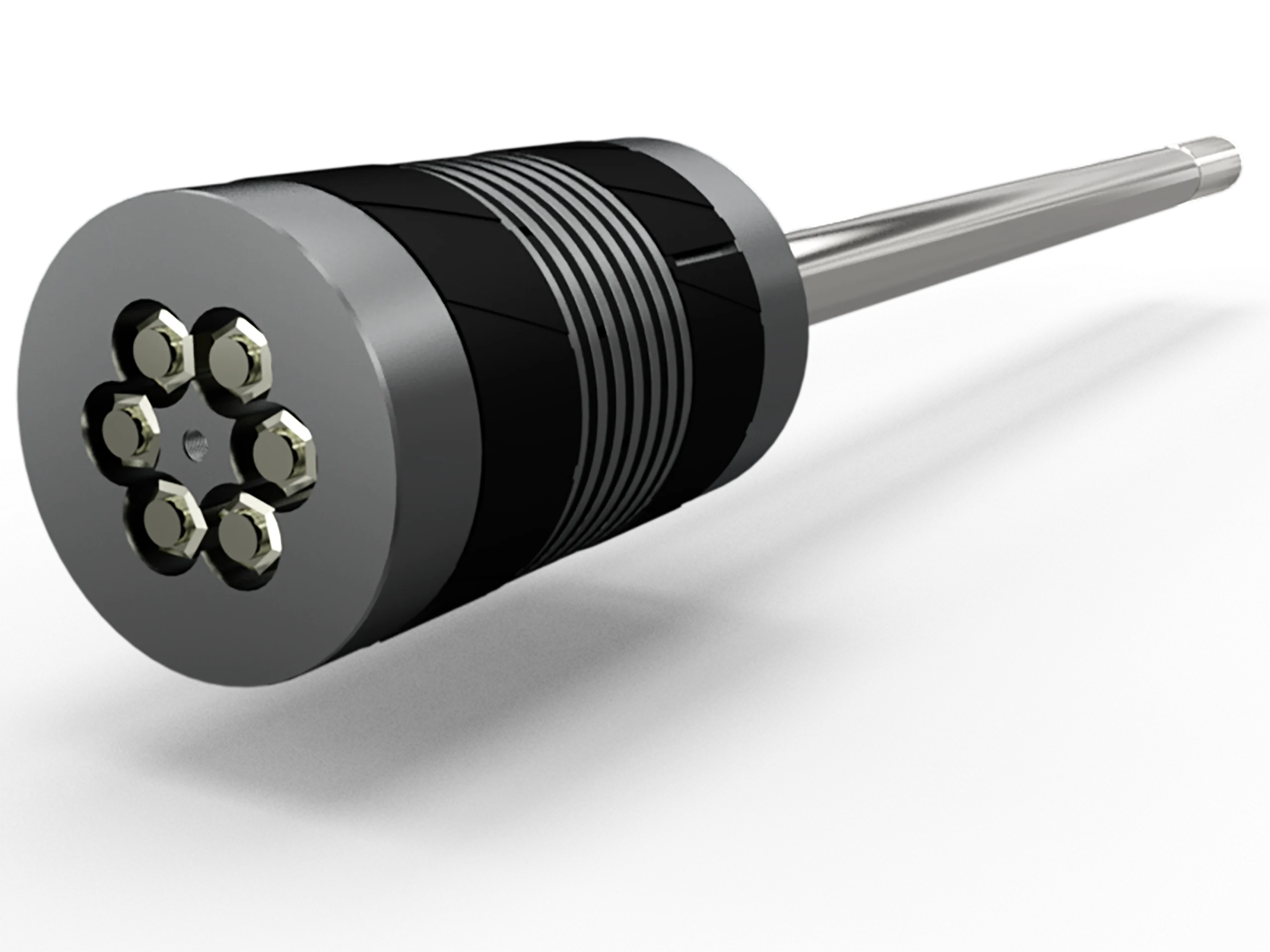Pistons
Pistons
Globagon designs and manufactures precision-engineered pistons for reciprocating compressors, tailored to customer specifications, technical drawings, and selected materials.
Each piston is built to operate reliably under high mechanical and thermal loads, ensuring dimensional stability, wear resistance, and long service life in demanding environments.
Utilizing advanced machining and quality control processes, Globagon delivers pistons that integrate seamlessly into your compressor systems and fulfill technical and operational requirements.
Working Principle
Piston
The piston is the core component of a reciprocating compressor, responsible for transferring energy from the crankcase to the gas inside the cylinder. Its primary function is to compress the gas through linear motion, making it a critical element in the overall performance and reliability of the machine.
To prevent gas leakage between the piston and the cylinder wall, each piston is equipped with sliding seals known as piston rings. These rings maintain a tight seal while allowing smooth movement within the cylinder. They are typically made from self-lubricating materials that help minimize friction during operation, protecting the cylinder wall from wear and improving compressor efficiency by reducing energy losses.
Piston ring selection depends largely on whether the compressor is designed for lubricated or non-lubricated service. In non-lubricated applications, the rings must offer superior self-lubrication to ensure minimal wear and friction under dry conditions. To achieve this, advanced materials like PEEK and fluorocarbon compounds are commonly used, as they provide reliable performance without the need for external lubrication.
In contrast, lubricated compressors often use piston rings made from metallic materials such as cast iron or bronze, as well as durable non-metallic materials like filled nylon. Many modern manufacturers prefer non-metallic piston rings due to their lighter weight, which reduces mechanical stress, enhances energy efficiency, and extends component life.
In horizontal cylinder compressors, another key element called a rider ring or wear band is used in conjunction with the piston rings. This component helps prevent direct contact between the piston and cylinder wall, significantly reducing wear. Rider rings are usually designed as one-piece components, requiring the piston to be built in segments for proper installation. API 618 standards specify the use of one-piece rider rings in reciprocating compressors. To extend the service life of the rider ring, it is recommended that the piston be rotated by 120° to 180° during each scheduled overhaul.
The pistons themselves are generally manufactured from lightweight materials such as aluminum or aluminum alloys. This helps lower reciprocating mass, reduce shaking forces, and minimize rod loads. For larger-diameter pistons, a hollow design is often employed to further decrease weight and improve balance during high-speed operation, contributing to smoother and more efficient compressor performance.









